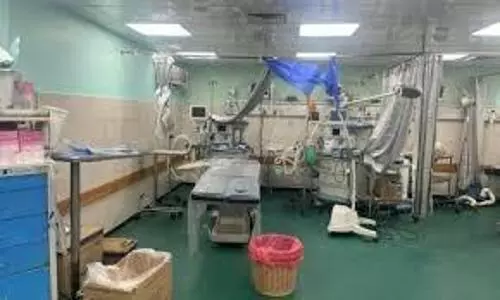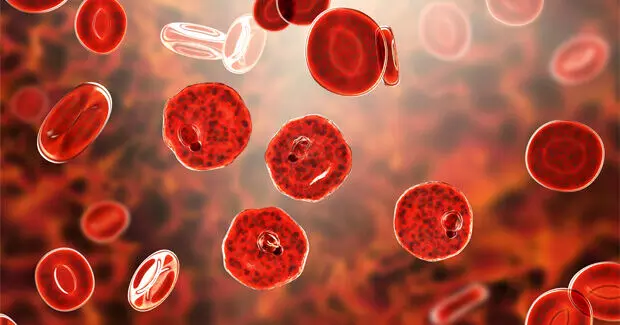
Oxford scientists grow living cells on a moving robot skeleton
text_fieldsScientists at the University of Oxford have grown living cells in a moving robot skeleton. It is a leap in tissue engineering that is used to provide mechanical cues.
Tissue engineering and tissue culture strategies are used to modulate the growth of cells and tissue. They are typically integrated into systems called bioreactors that control the conditions needed to maintain and stimulate living cells outside of a human body.
Robotic bioreactor systems have facilitated the growth of tissue-engineered constructs using mechanical stimulation for over 20 years. Scientists still haven't been able to produce functional grafts that can be used in clinical requirements.
The living cells were grown in the robot's shoulder joint as it can be upgraded to more approximate human movements. The team has also created a bioreactor that can be fitted into the robot's shoulder. It has strings of biodegradable filaments stretched between two anchor points. The entire structure is enclosed in a balloon-like membrane. The filaments are seeded with human cells and the chamber is filled with nutrient-rich liquid to encourage growth.
The cells were grown for two weeks. In this period, they engaged in a daily workout routine for 30 minutes.
The scientists wrote that humanoid robots offer the prospect of providing physiologically-relevant mechanical stimulation to grafts and implants which may expedite their clinical deployment. Adapting an open-source robot skeleton and creating a custom growing environment for the cells that can be fitted into the skeleton to bend and flex as required, said the team.
The paper is published in the journal Communications Engineering.
























